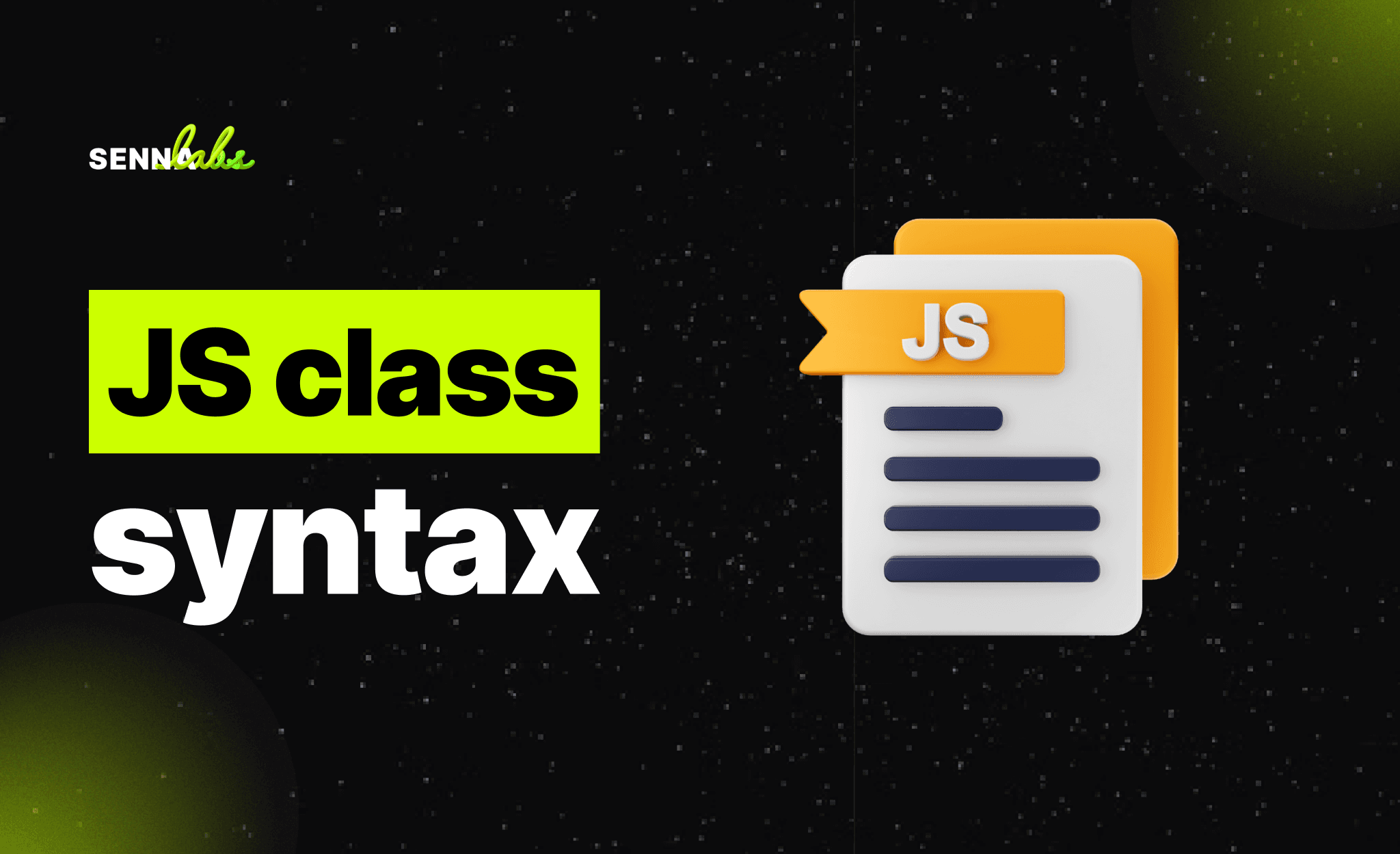How Scalability Impacts the Choice Between Custom and Off-the-Shelf Software
Share

Scalability is a crucial factor for businesses choosing between custom and off-the-shelf software. As companies grow, their software must adapt to increased demands, complex workflows, and expanding operations. Off-the-shelf solutions may provide a quick and cost-effective starting point, but they often struggle to support rapid scaling. On the other hand, custom software can be designed for long-term growth, offering tailored functionality that evolves with the business.

This article explores how scalability impacts software choices through the case study of a logistics company that transitioned from spreadsheets and an off-the-shelf tracking system to a custom-built fleet management solution. Their experience highlights the challenges of scaling with generic software and the benefits of investing in a custom solution built for expansion.
The Challenge: Managing a Growing Logistics Operation with Limited Tools
A mid-sized logistics company initially managed its fleet using Excel spreadsheets and a basic off-the-shelf tracking system. While these tools were sufficient in the early stages, they became major bottlenecks as the company expanded its fleet and increased delivery volumes.
Issues with Spreadsheets and Generic Tracking Software:
-
Manual Data Entry and Errors – Fleet schedules, delivery times, and vehicle maintenance logs were updated manually, leading to inaccuracies and inefficiencies.
-
Lack of Real-Time Tracking – The off-the-shelf tracking system only provided basic location updates, making it difficult to monitor vehicle movements in real time.
-
Limited Route Optimization – Dispatchers had to manually plan routes, which often resulted in inefficient deliveries and increased fuel costs.
-
Scalability Constraints – As the fleet grew, managing drivers, schedules, and vehicle maintenance with spreadsheets became impractical.
With operations expanding rapidly, the company needed a more scalable solution that could streamline logistics, automate dispatching, and optimize delivery routes.
The Transition to a Custom Fleet Management System
To overcome these challenges, the company decided to develop a custom fleet management system tailored to its specific operational needs. While this required a significant investment in time and resources, the long-term benefits made it a strategic decision.
Key Features of the Custom Fleet Management System:
-
Real-Time Vehicle Tracking – The new system integrated GPS tracking with live updates, allowing the company to monitor vehicle locations and statuses instantly.
-
Automated Route Optimization – Using AI-powered algorithms, the system automatically calculated the most efficient delivery routes, reducing fuel consumption and improving on-time deliveries.
-
Smart Dispatching and Scheduling – The system dynamically assigned drivers and vehicles based on availability, location, and urgency, reducing manual workload.
-
Automated Maintenance Alerts – Vehicles were monitored for mileage and performance, with automated alerts for scheduled maintenance and potential breakdowns.
-
Scalability for Future Growth – The system was designed to integrate with future technologies, such as electric vehicle tracking, predictive analytics, and IoT-based sensors.
After implementing the custom solution, the logistics company significantly improved efficiency, reduced fuel costs, and enhanced overall fleet management.
How Scalability Impacts Software Choice
To understand why the company moved from spreadsheets and off-the-shelf software to a custom solution, it is essential to examine how scalability affects different software options.
1. Handling Increased Data and Workload
-
Off-the-Shelf Software: Designed for general use, often struggles with high data volumes, leading to slower performance and limited storage.
-
Custom Software: Built to handle specific operational demands, allowing for high-volume data processing and optimized performance.
For the logistics company, growing fleet operations meant handling large amounts of real-time data—a challenge that their generic tracking system could not support.
2. Expanding Business Operations
-
Off-the-Shelf Software: May not have the flexibility to accommodate new business models, locations, or service offerings.
-
Custom Software: Can be designed with modular features, allowing businesses to add new functionalities as they expand.
The company needed software that could support multi-location fleet coordination—something that their off-the-shelf solution couldn’t provide.
3. Integration with Other Systems
-
Off-the-Shelf Software: Limited integration capabilities with third-party logistics, finance, or maintenance management systems.
-
Custom Software: Designed to seamlessly integrate with ERP systems, fuel tracking software, and customer portals.
By transitioning to a custom system, the company was able to connect all aspects of fleet management, creating a unified and automated workflow.
4. Cost Implications Over Time
-
Off-the-Shelf Software: Lower initial cost but can become expensive with licensing fees, upgrades, and scalability limitations.
-
Custom Software: Higher upfront investment but reduces long-term costs by eliminating inefficiencies and manual workarounds.
Despite the higher initial investment, the custom software saved the company money in the long run by improving route efficiency and reducing maintenance costs.
The Pros and Cons of Custom vs. Off-the-Shelf Software for Scaling Businesses
Advantages of Off-the-Shelf Software
-
Lower Initial Cost – Ideal for businesses that need an affordable, ready-to-use solution.
-
Quick Deployment – Requires minimal setup and training.
-
Vendor Support and Updates – Regular improvements and security patches from software providers.
Disadvantages of Off-the-Shelf Software
-
Limited Customization – May not support business-specific needs.
-
Scalability Challenges – Struggles with high data loads and expanding operations.
-
Integration Issues – May not connect seamlessly with other systems.
Advantages of Custom Software
-
Tailored for Growth – Designed to support scaling businesses with modular features and future integrations.
-
High Efficiency – Reduces manual work, automates processes, and improves decision-making.
-
Competitive Advantage – Offers unique functionalities that differentiate the business from competitors.
Disadvantages of Custom Software
-
Higher Initial Investment – Requires development costs that may not be feasible for all businesses.
-
Longer Development Time – Custom solutions take time to build and test before deployment.
-
Ongoing Maintenance – Requires dedicated resources for software updates and troubleshooting.
When Should a Business Invest in Custom Software for Scalability?
Custom software is not always necessary, but it becomes a strategic investment under the following conditions:
-
The Business is Rapidly Expanding – If a company is scaling operations across multiple locations, a custom solution ensures smooth growth.
-
Operational Bottlenecks are Impacting Efficiency – If existing software cannot handle increased workload, custom software can streamline processes.
-
Integration with Other Systems is Critical – Businesses requiring seamless data exchange between multiple platforms benefit from a tailored system.
-
Automation is Needed for Scaling – If manual work is slowing down growth, custom software can automate repetitive tasks.
For companies that expect to expand operations significantly, investing in custom software early can prevent costly transitions later.
Conclusion:
Scalability is a key factor that determines whether a business should invest in custom software or rely on off-the-shelf solutions. While off-the-shelf software provides a quick and affordable solution, it often lacks the flexibility, integration, and performance required for large-scale operations.
For the logistics company in this case study, transitioning to a custom fleet management system resulted in greater efficiency, optimized delivery operations, and improved scalability. The investment allowed them to handle growth without disruptions, ultimately saving costs and improving customer service.
Businesses must evaluate their long-term growth potential before selecting software. If an organization anticipates significant scaling, custom software may be the key to unlocking long-term success while ensuring efficiency and seamless expansion.

Share

Keep me postedto follow product news, latest in technology, solutions, and updates
Related articles
Explore all


